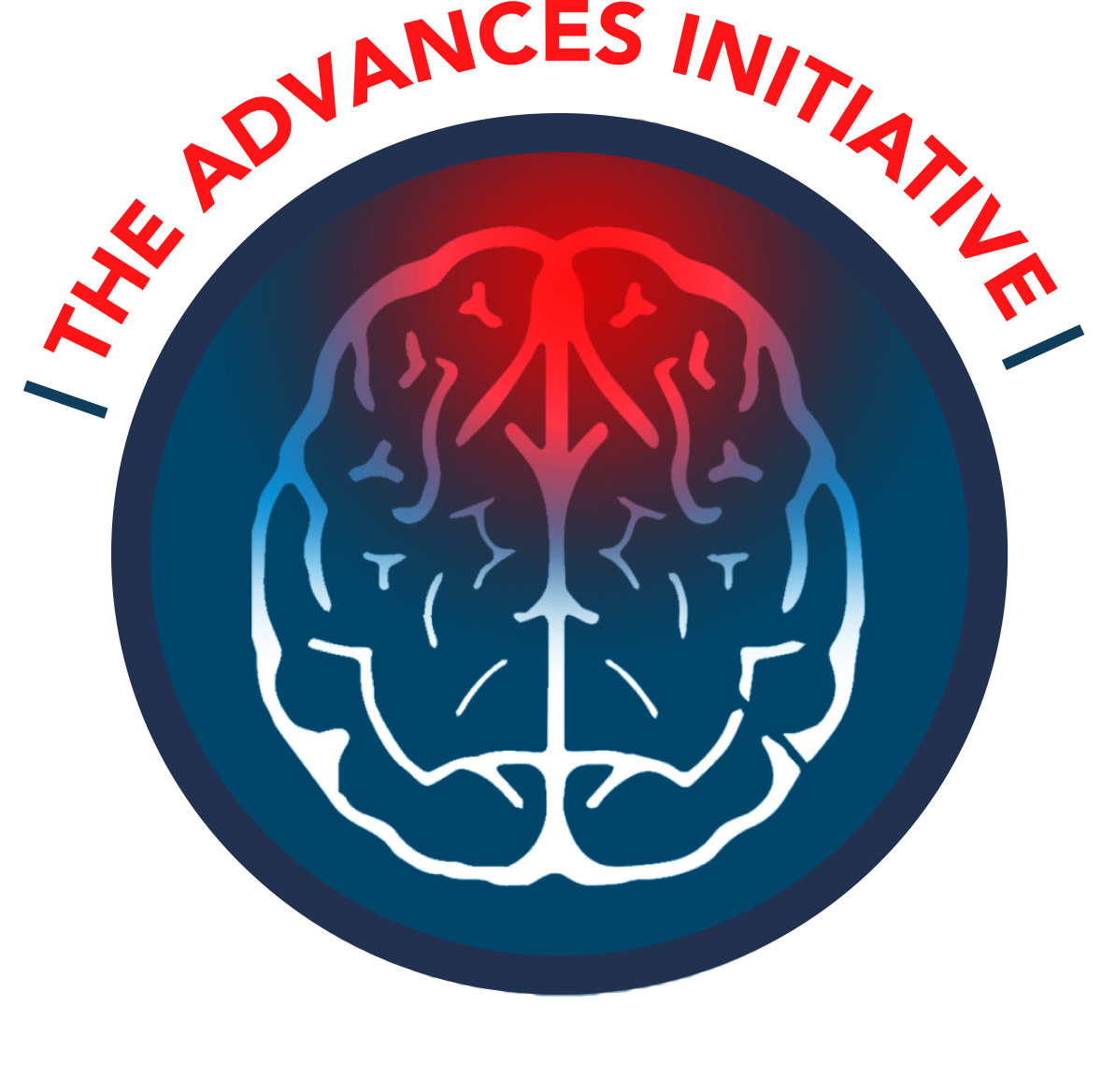CHALLENGES
Diagnosis
- Migraine is underdiagnosed, resulting in inappropriate management; worldwide, only 40% of migraine sufferers have been afforded a medical diagnosis.1–3
- A mere 13.6% of chronic migraine sufferers report being referred to a specialist for the diagnosis and management of their migraine. Of those who do see a specialist, only 36% report receiving a diagnosis of chronic migraine.2
- Diagnostic imaging [Computed tomography (CT) and magnetic resonance imaging (MRI)] is over-used. Guidelines suggest that neuroimaging studies should not be performed in migraine sufferers who have a stable headache meeting the criteria for migraine and that imaging should not be performed for an uncomplicated headache.4,5 Further evidence is required to determine the role of imaging in cases where patients present with headache that is atypical for them.4
- Some headache disorders are uncommon/rare, and referral to a headache specialist may be required to make/confirm a diagnosis.7
Treatment
- There is no definitive patient-specific approach, and the most appropriate plan depends upon patient-specific factors (eg, comorbidities, triggers, symptom profile, and response to therapy).8,9
- Medication compliance and effectiveness are poor in acute attacks where there is significant nausea/vomiting or gastric paresis. Alternative modes of administration should be considered, including wafers, transdermal administration, nasal powders, sprays, and injections.10
- Recognition and appropriate management of comorbidities, including anxiety, depression, and obesity, are challenging.11
- It is essential to encourage medication compliance and to educate patients about realistic expectations for symptom reduction.
- Medication overuse is common, potentially causing medication-overuse headache.3
- Healthcare providers need support for migraine education and improved familiarity with the newest investigational agents, including calcitonin gene-related peptide (CGRP) monoclonal antibodies.7,12
References
- World Health Organization. Headache. WHO fact sheets. (who.int/mediacentre/factsheets/fs277/en) Accessed 9/25/18.
- Lipton RB, Serrano D, Buse DC, et al. Improving the detection of chronic migraine: development and validation of Identify Chronic Migraine (ID-CM). 2016;36:203-215.
- Sinclair AJ, Sturrock A, Davies B, Matharu M. Headache management: pharmacological approaches. Pract Neurol. 2015;15:411-423.
- Minen MT, Tanev K, Friedman BW. Evaluation and treatment of migraine in the emergency department: a review. 2014;54:1131-1145.
- ABIM Foundation Choosing Wisely Campaign (www.choosingwisely.org/doctor-patient-lists/). Accessed on 9/25/18.
- International Classification of Headache Disorders (ICHD) III criteria (ichd-3.org) Accessed 9/25/18.
- Silberstein SD. Considerations for management of migraine symptoms in the primary care setting. Postgrad Med. 2016;128:523-537.
- Marmura MJ, Silberstein SD, Schwedt TJ. The acute treatment of migraine in adults: the American Headache Society evidence assessment of migraine pharmacotherapies. 2015;55:3-20.
- Starling AJ, Dodick DW. Best practices for patients with chronic migraine: burden, diagnosis, and management in primary care. Mayo Clin Proc. 2015;90:408-414.
- Becker WJ. Acute migraine treatment. Review article. Continuum. 2015;21:953-972.
- Dougherty C, Silberstein SD. Providing care for patients with chronic migraine: diagnosis, treatment, and management. Pain Pract. 2015;15:688-692.
- Orr SL, Aubé M, Becker WJ, et al. Canadian Headache Society systematic review and recommendations on the treatment of migraine pain in emergency settings. Cephalalgia. 2015;35;271-284.
- Freitag FG, Shumate D. Current and investigational drugs for the prevention of migraine in adults and children. CNS Drugs. 2014;28:921-927.

.jpg)
.jpg)
.jpg)
.jpg)

.jpg)
.jpg)

.jpg)
.jpg)
.jpg)
.jpg)
.jpg)
.jpg)
.jpg)
.jpg)
.jpg)
.jpg)
.jpg)
.jpg)
.jpg)
.jpg)
.jpg)
.jpg)
.jpg)
.jpg)
.jpg)
.jpg)
.jpg)
.jpg)
.jpg)
.jpg)
.jpg)
.jpg)
.jpg)
.jpg)
.jpg)
.jpg)
.jpg)
.jpg)
.jpg)
.jpg)
 Copyright © 2025 Med Learning Group. Built by
Copyright © 2025 Med Learning Group. Built by